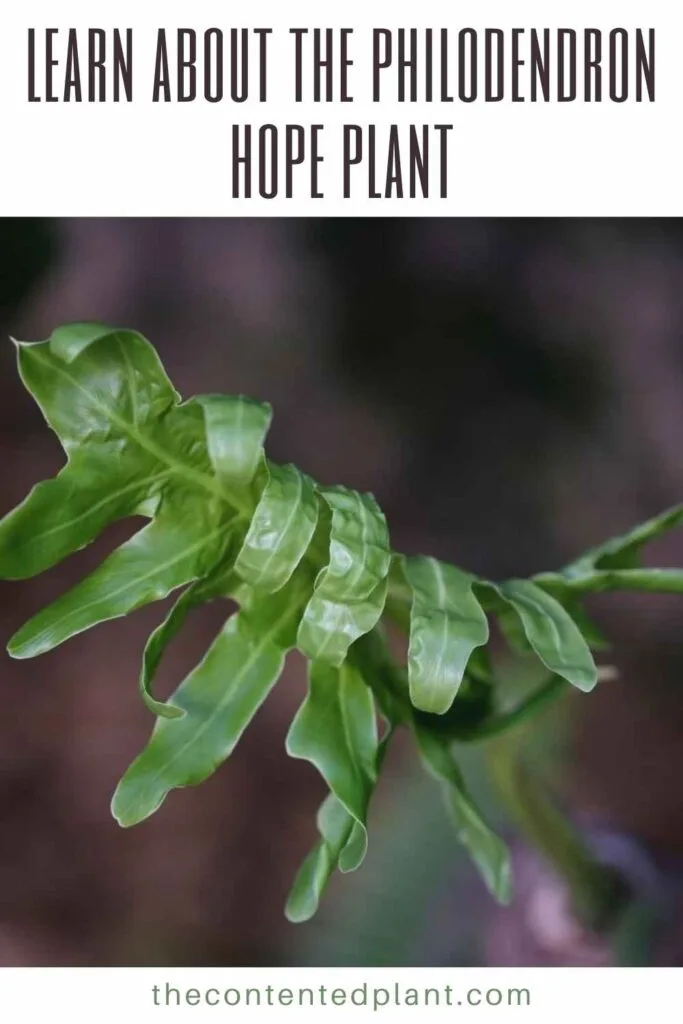The Philodendron Hope is an attractive houseplant with large green ruffly leaves. This plant is simple to grow and makes a great beginner plant.
This Philodendron is native to the warm tropical areas of South America. This plant isn’t a vining and climbing philodendron. It grows in a bush pattern with leaves that can grow up to 3 feet wide in the wild!
Although this plant is relatively simple to care for, with a few tips and tricks you can have a successful experience. The main points that we will go over is watering, lighting needs, and some plant specific problems.
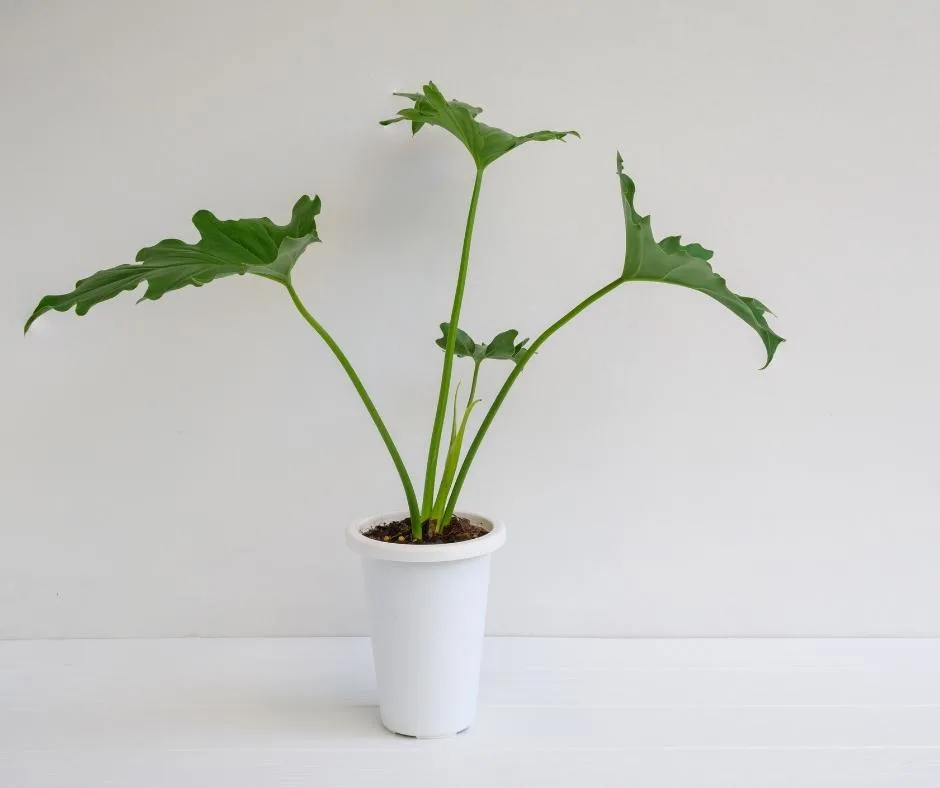
You need to have a large space to put this plant. It’s fast growing and can get quite tall and wide very quickly. You can prune this plant if you find it is getting larger than you would like.
This is not a low light plant and will need a space with medium to bright indirect light for optimal growth. I find that it grows best in a North or South facing window.
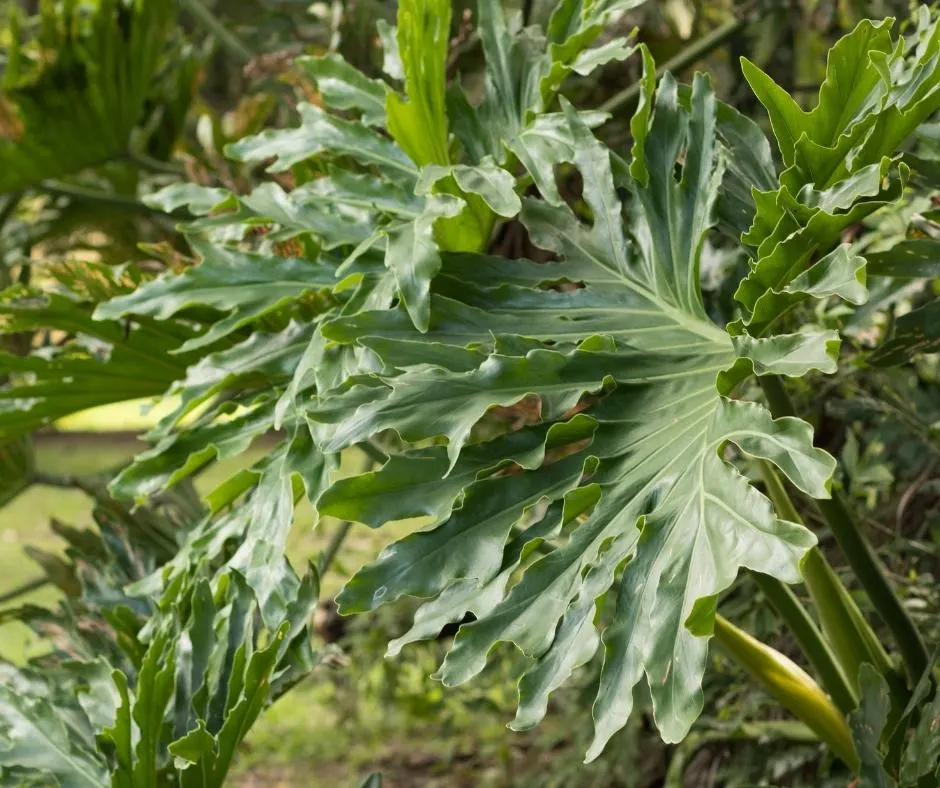
The watering needs are fairly straightforward and mimics most tropical aroid plants. This plant prefers soil that is evenly moist but not saturated and wet around the roots. This plant can get root rot when wet soil is allowed to compact around the roots. Water the plant once a week or so and fully saturate the soil and allow the soil to dry between watering an inch or so down.
More Philodendron Plants:
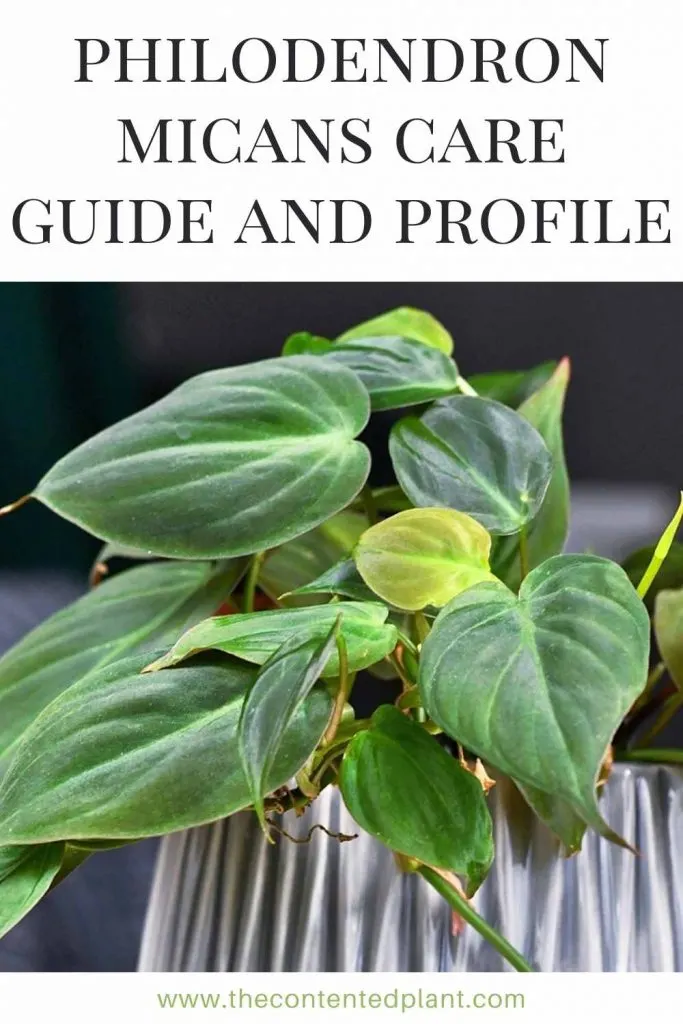
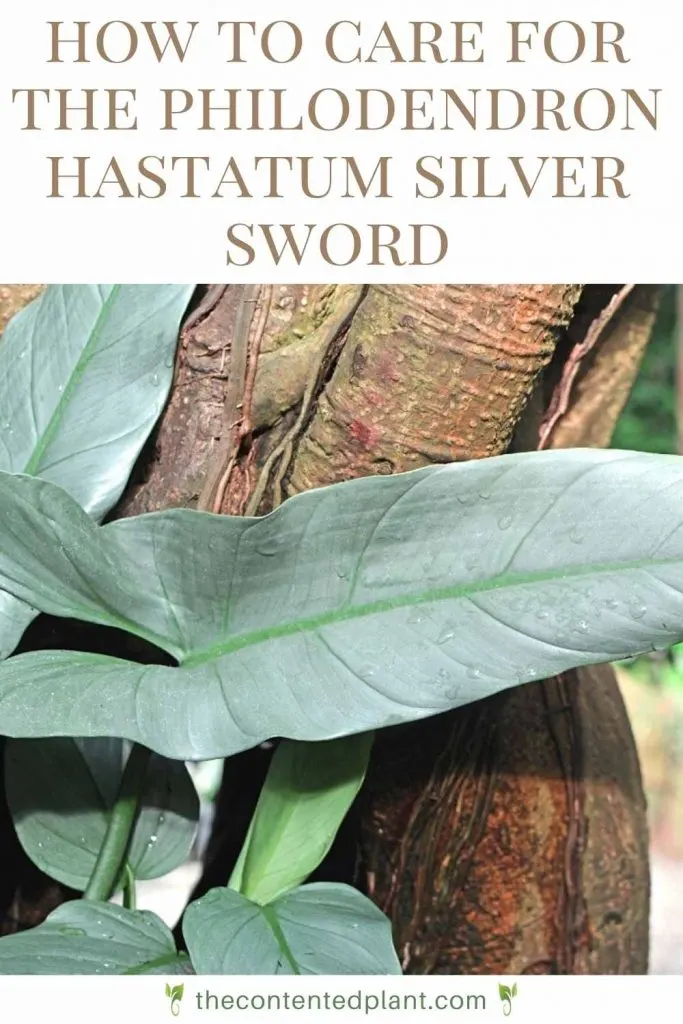
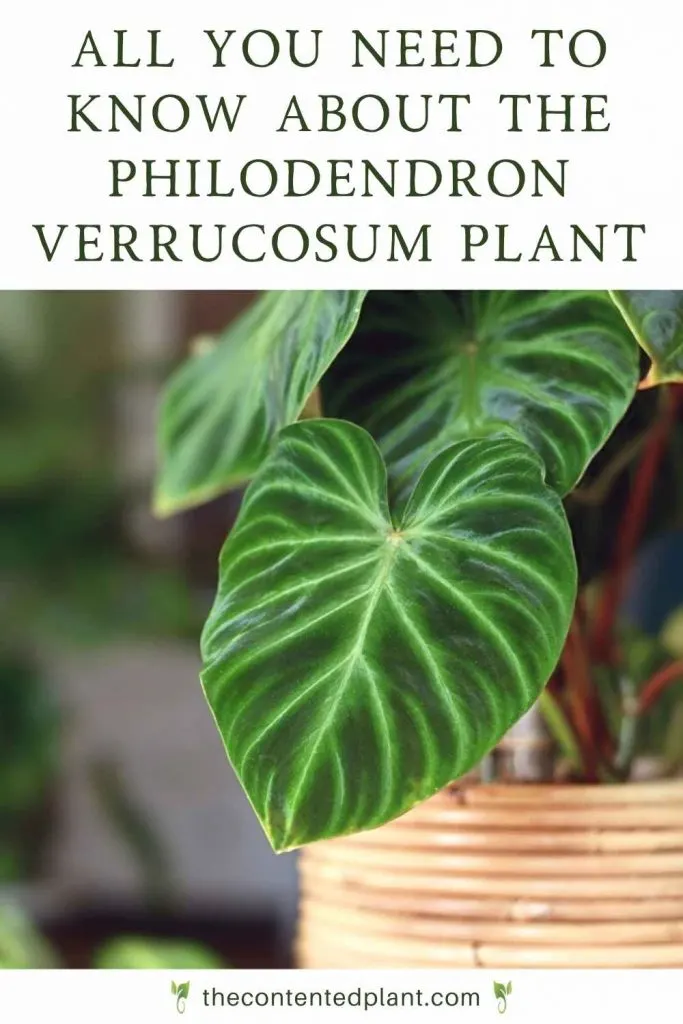
Is this a rare plant? Not particularly. However, you might not readily find this plant in your local nursery or greenhouse. I have a lot of success buying plants like these on Etsy from small plant shops.
Purchase Philodendron Hope on Etsy
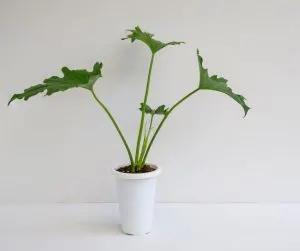
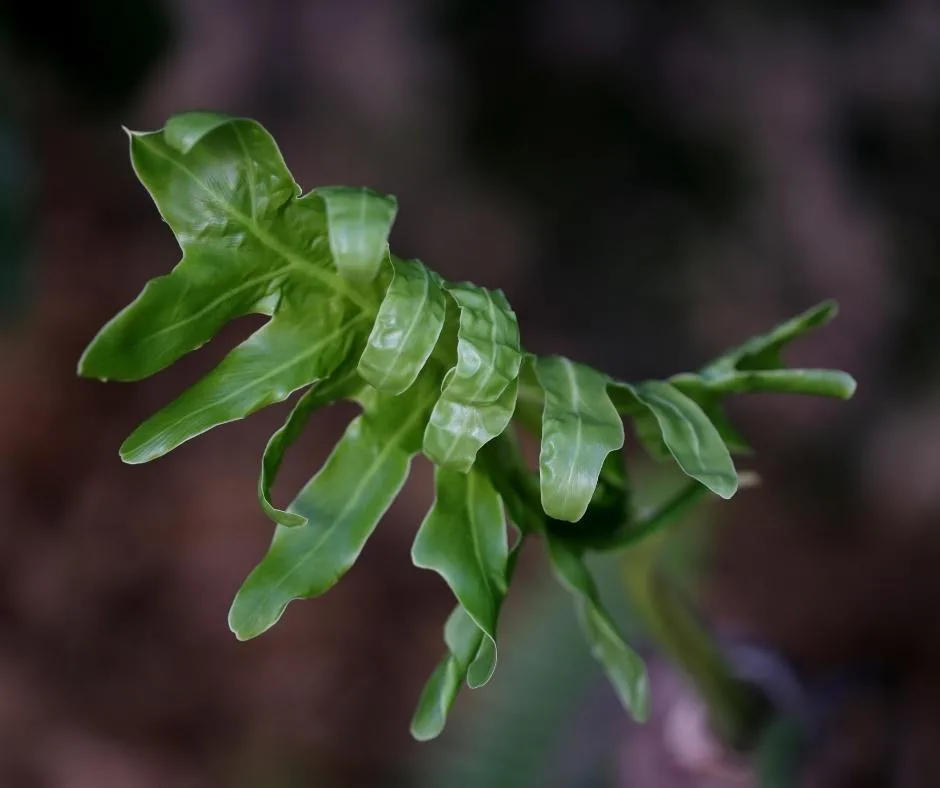
We have created a printable care guide with simple to follow instructions on how to care for your plant.
Philodendron Hope Care Guide

The Philodendron Hope is a stylish plant with ruffly green leaves
This lovely plant grows around 3-5 feet tall as a houseplant in a bushy upright shape.
This Care Guide will teach you how to keep this tropical Aroid happy all through the year.
Materials
Instructions
Soil Preference:
- This aroid requires a light soil.
- A mix of potting soil, perlite and orchid bark will keep the roots happiest.
- Here is our mix.
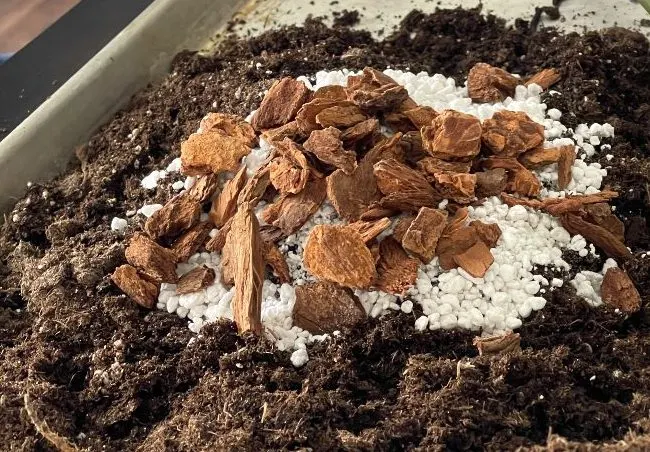
- Two parts potting soil to two parts perlite to one part orchid bark.
- This plant also does well in moss or peat substrates
- A heavy soil potting mix is not recommended for aroids.
Pot Size and Type:
- The Philodendron Hope can be grown in upright pots
- If you want to encourage faster growth choose a pot about 2 inches wider in diameter than the current pot.
- Any well drained pot can be used. It MUST have drainage.
- Repot every second year or when roots come out the drainage holes on the pot bottom To the next pot size up.
- Don't jump to a huge pot from a small one unless you wish to encourage faster growth. Just go to the next size up pot.
Lighting:
- The Hope enjoys medium to bright indirect light it does well in a North or South facing window
- Some filtered sunlight from a window will be appreciated.
- Shield this aroid from strong direct light in summer south and west sunny windows. The leaves will burn and turn a pale color with some yellowing
- Tip: Window sheers or blinds can offset some brief periods of high direct light.
Watering:
- Water your plant when the top 2 inches of soil is dry. Aroids do not like to be overly wet. Try a watering schedule of every other week.
- Watering is best done on a regular schedule so the plant is not over or under watered. Both can cause stress on the plant.
- This tropical plant enjoys humidity. In dry climates this Philodendron will thrive with a humidifier nearby. OR use a pebble tray under the pot filled half way with water.
- In dormant winter months reduce watering to when the soil is dry.
- Never let this plant get wet feet. Water when the top 2 inches of soil are dry. If the soil is compacted the bottom of the soil can remain wet which encourages root rot. Heavy wet soils attract Fungus Gnats.
How to Fertilize:
- Apply a good quality fertilizer (linked in materials) monthly through Spring and summer.
- Decrease feedings by late Fall and allow the philodendron hope to rest through the winter months.
Temperature:
- Keep the plant at a low of 65 Degrees F. to upward of 85 Degrees F. It enjoys warmth and humidity.
Pests:
- The Hope is not fussy and resists pests. However all plants can get attacked by pests.
- Stress by longterm overwatering, poor light, extreme temperatures and soil conditions are contributors to plant stress..
- Spider mites, mealy bugs, scale, thrips and whitefly are the most common houseplant pests you will see.
- Read our post on how to get rid of aphids and other pests with our homemade pesticide soap recipe or neems oil.
- To minimize the possibility of pests be sure to check all nursery plants before bringing them home.
- Quarantine all new plants until you are sure no pests live in them.
- This plant is prone to fungus spots on leaves, avoid watering leaves. Water around the base of the plant only.
How to Propagate:
- Propagation is easily done through stem cuttings
- Find the node on the stem and cut just below the node
- Make sure you are using a sterile clean knife
- Put the propagations in water with the node in water
- Roots should begin to grow in 2-3 weeks.
- Plant in moist soil when roots are approximately 2 inches long
Follow Us:
Find us on YouTube, Instagram , Pinterest and TikTok! We love to Plant chat. We also comment, like and occasionally share your content to our daily stories. We’d love to see your plants. Share your joy in your houseplants. Happy Planting!
